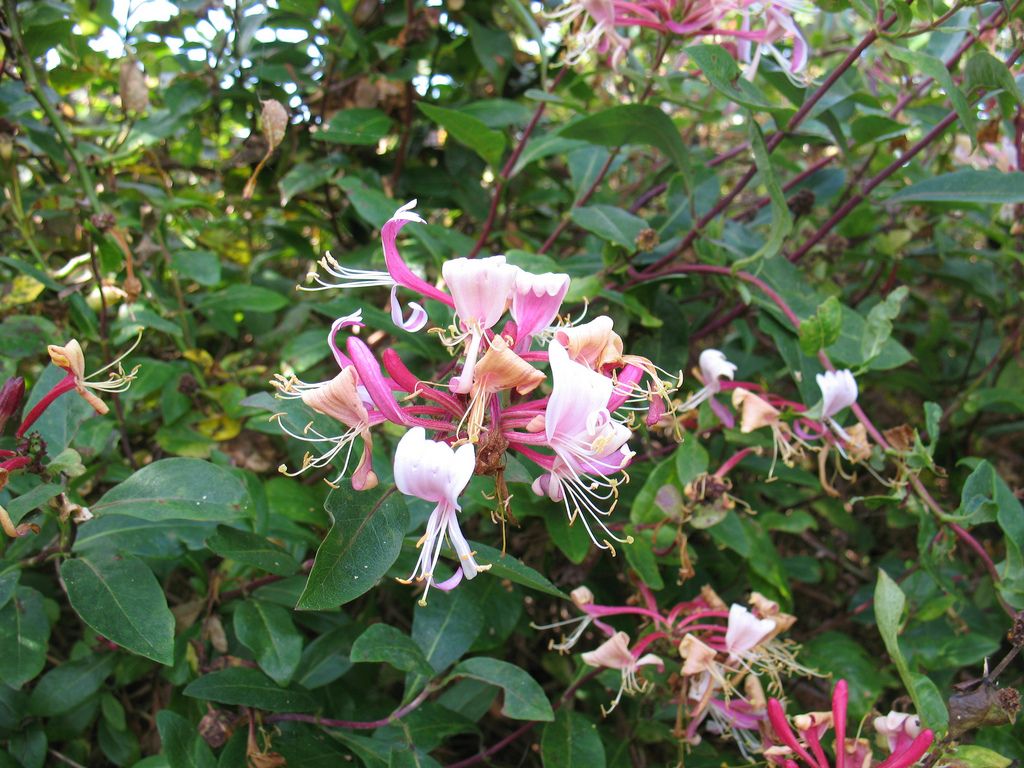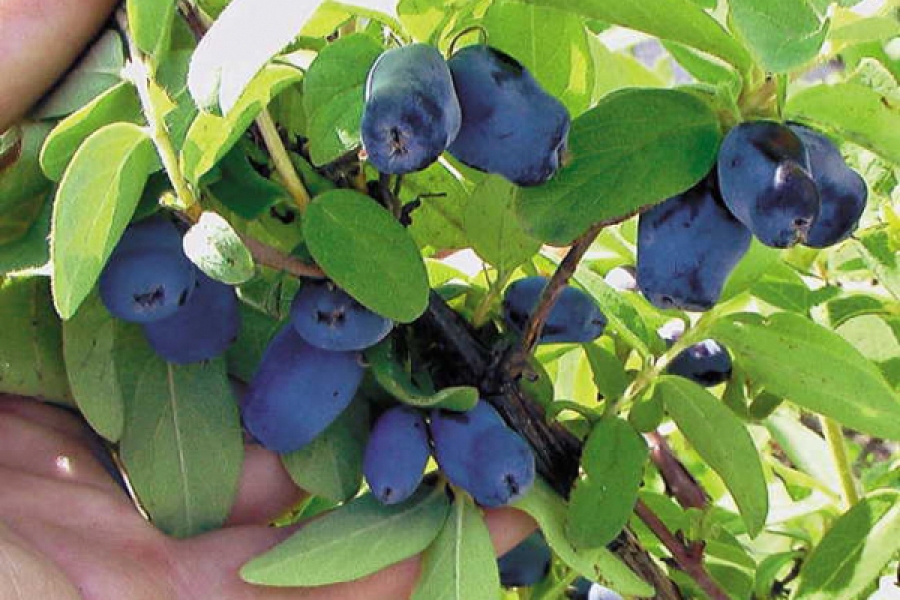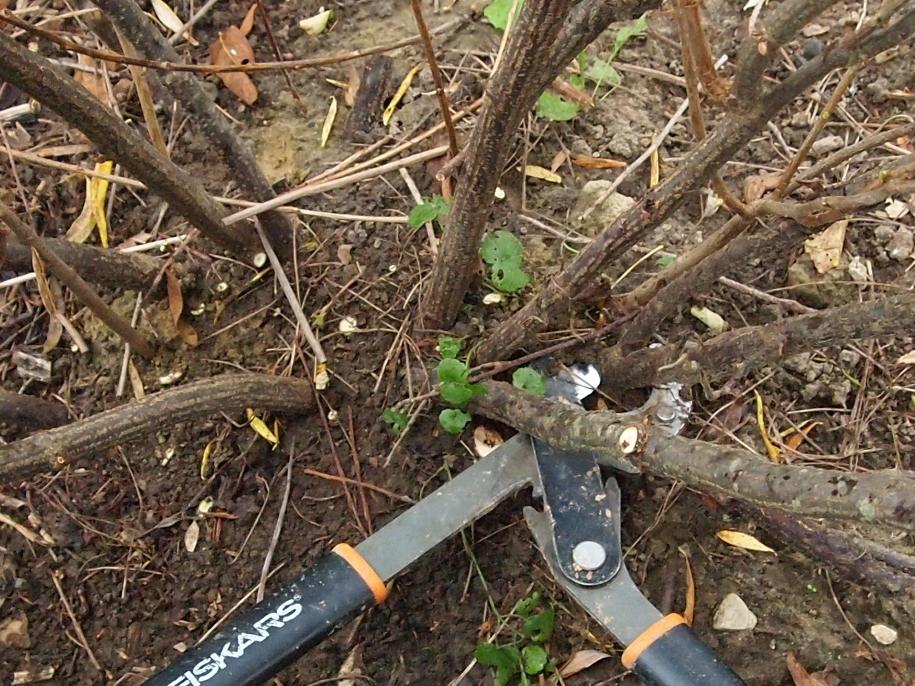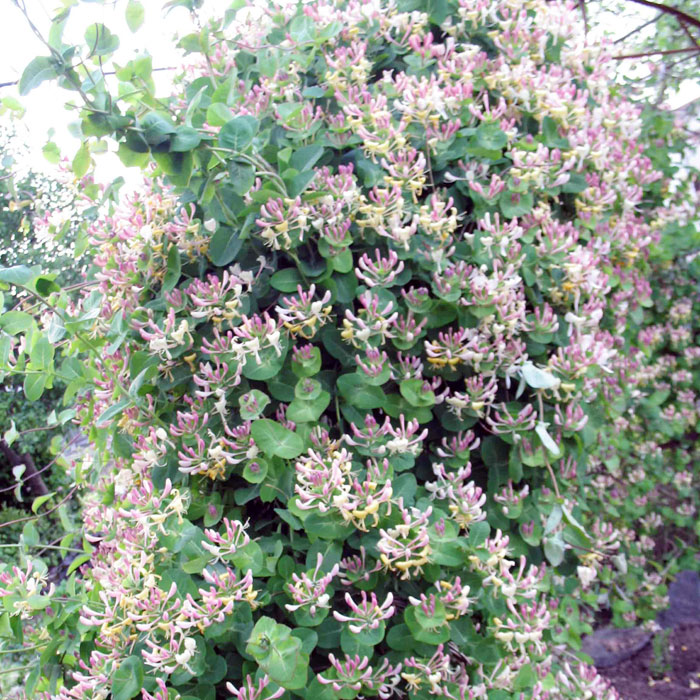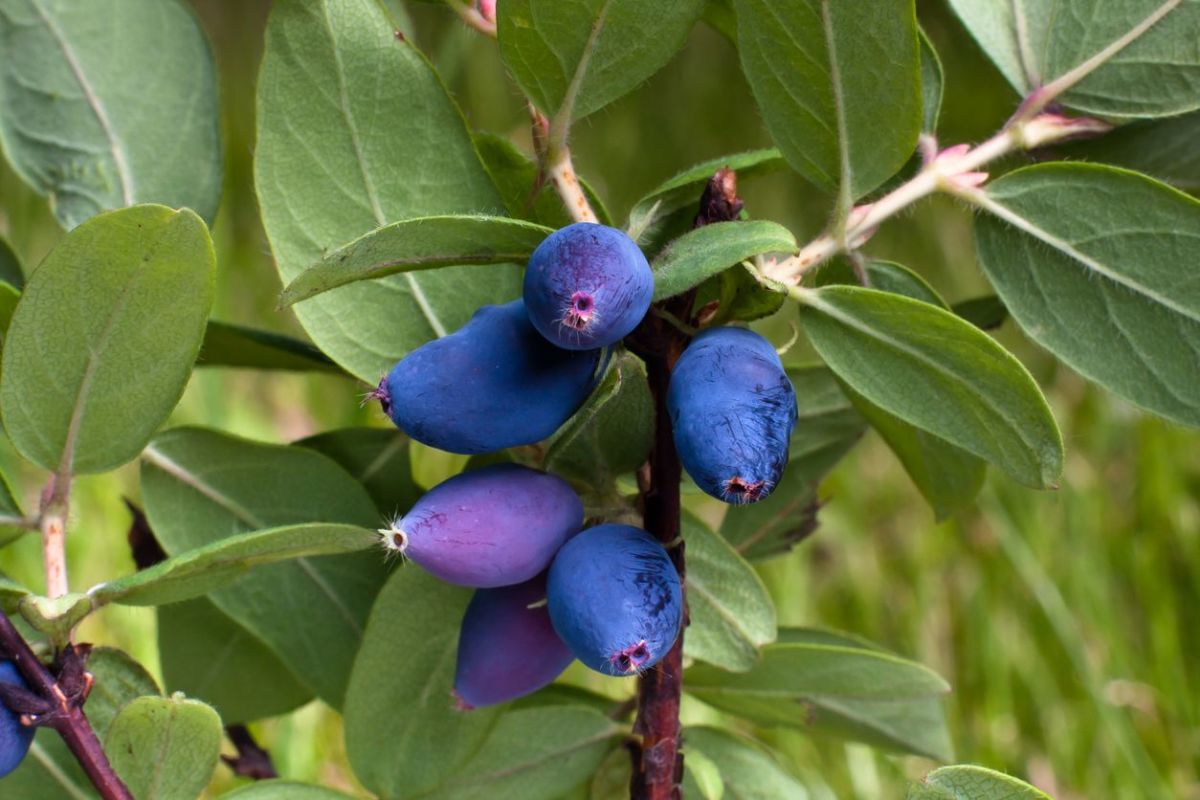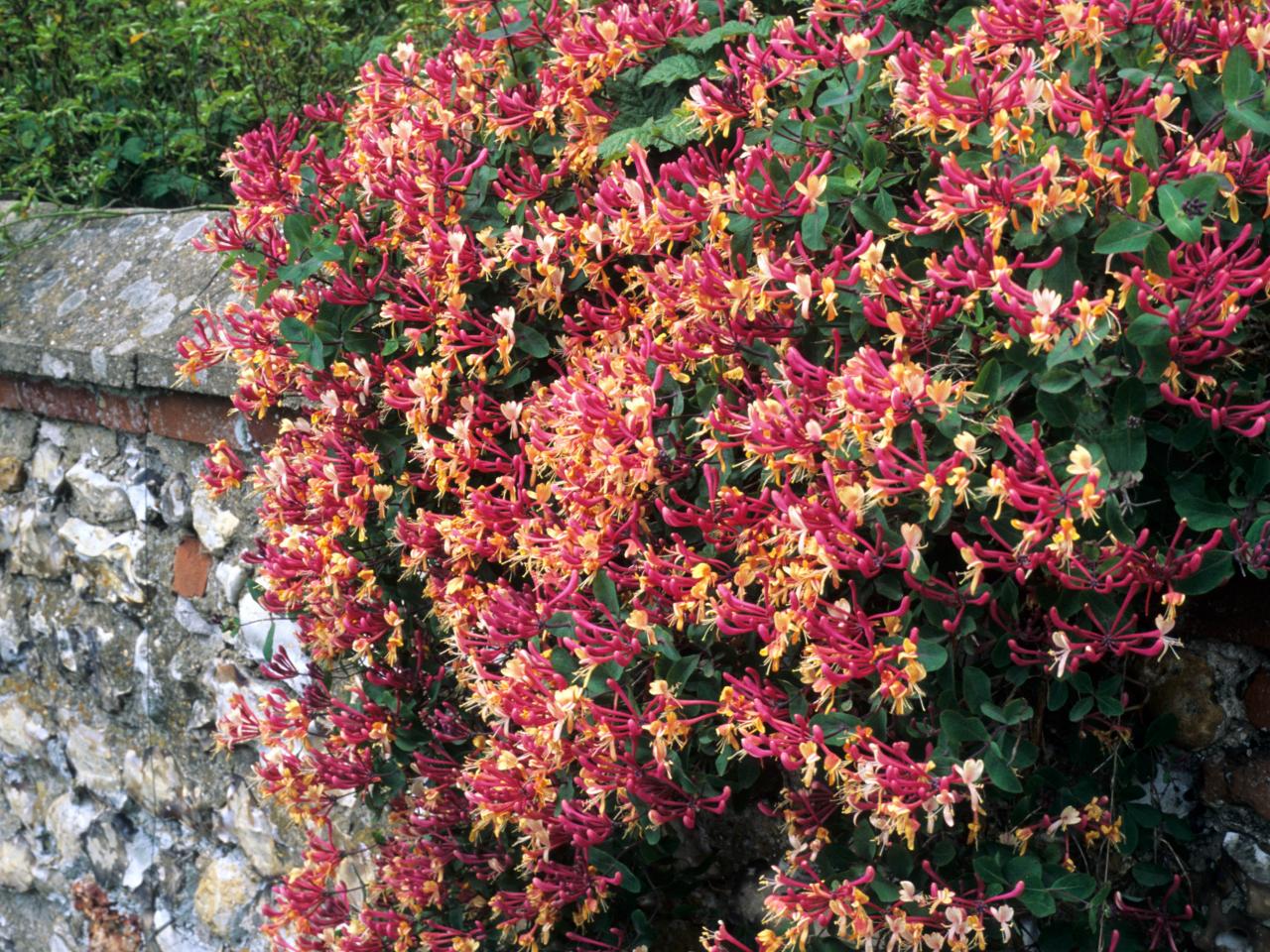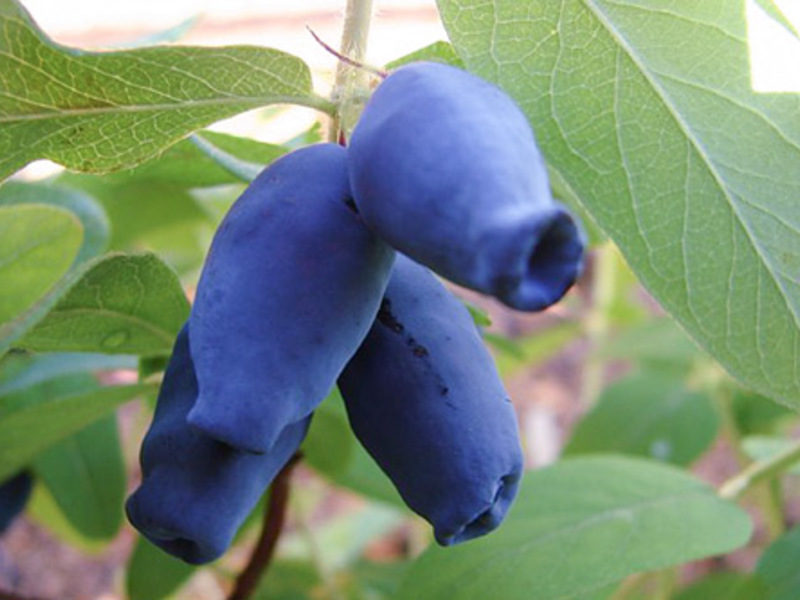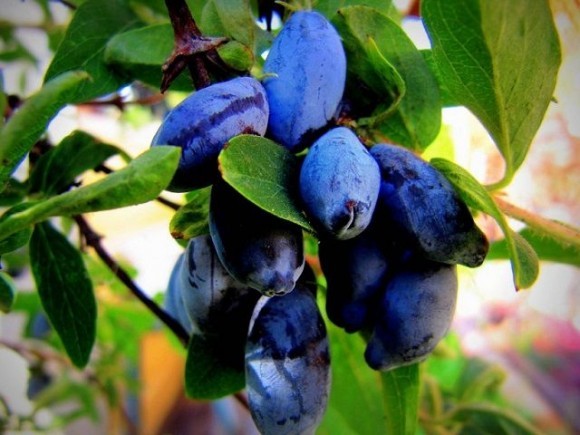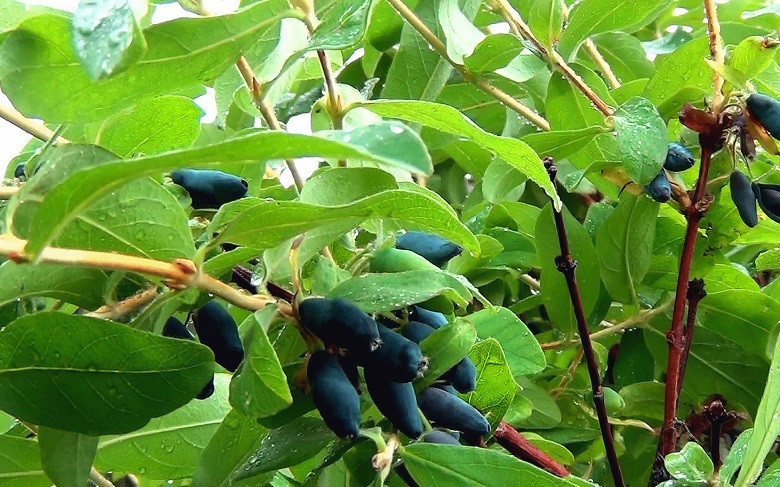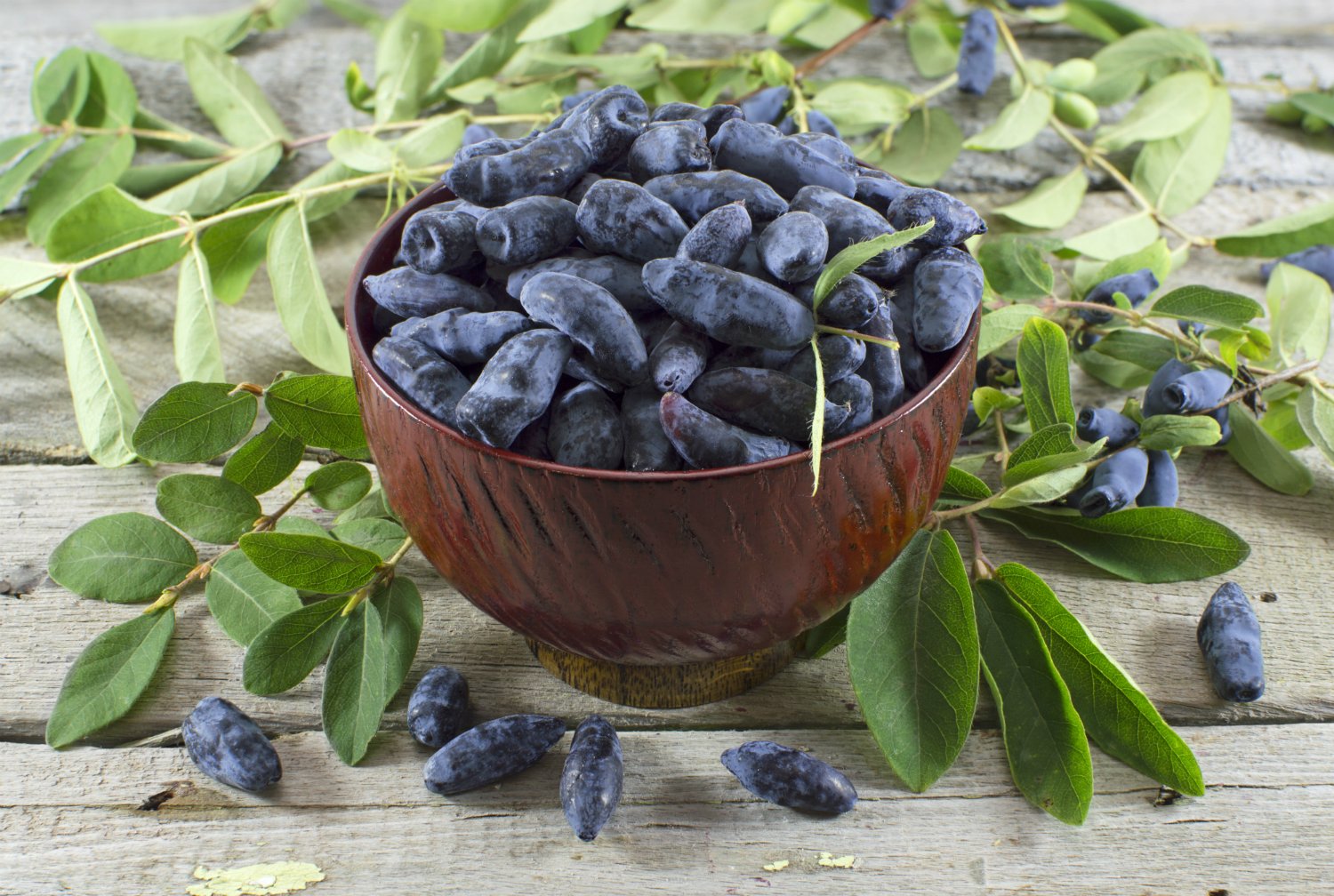Content:
Honeysuckle is a fairly common shrub on the territory of Russia, which is successfully grown not only for decorative purposes, but also for the sake of healthy and tasty fruits rich in valuable vitamins. Honeysuckle requires maintenance and pruning, like any crop. If care is limited to timely watering, fertilizing and removing weeds, then not only the attractive appearance, but also the yield of the crop often depends on the correct and timely pruning. The growing area of honeysuckle covers almost all regions of the country, since this bush is quite unpretentious in care, and a number of varieties have increased frost resistance.
Honeysuckle care
Honeysuckle, like any shrub, needs timely care. The care includes:
- Application of fertilizers to the soil 1-2 times a year. To do this, you can use proven folk methods, in the form of wood ash, manure, humus. They are scattered in the fall before frost on the soil surface in the area of the root system and dug in so that the fertilizer is under the soil layer. You can use factory-made organic fertilizers. Now they produce specialized fertilizers for fruit and ornamental shrubs. For example, the brand Clean sheet, made in Russia. Fertilizer can be applied both during planting and in early spring and autumn (300 gr. - 65 rubles RF *). The drug is diluted in water at the rate of 90 grams. for 5 liters of water. The bush is watered with the resulting solution once a month, the first time in early spring, after frosts, the last - in late autumn, before frosts;
- Timely weed removal it is recommended to do it manually so as not to damage the root system;
- Pest control involves spraying. If the bush bears fruit, and its fruit is edible, it is better to spray it with folk harmless methods. For example, add 20-30 grams to a bucket of water. iodine or brilliant green. In early spring, before flowering, this solution will help prevent aphids. When twisted and yellowed leaves are found, the branches are all cut off and burned;
- Timely pruning of honeysuckle is essential. Sanitary pruning in spring is designed to remove frozen and damaged branches. More substantial pruning is needed to rejuvenate the shrub. Once every 5-6 years, it is recommended to remove the lower branches for all varieties of honeysuckle, since fruiting does not occur on them, they can significantly interfere with care. The decorative type of honeysuckle requires more careful and frequent pruning, since this results in the formation of the desired shape of the bush, especially if it is a liana type;
- An important factor is timely wateringespecially during the dry summer season;
- Preparing for the winter period. Most often, honeysuckle tolerates even severe frosts well, but certain decorative climbing varieties, for example, Caprifol, need additional shelter, especially if their habitat is in the northern regions. As a shelter, you can use any non-woven material: agrofiber, spunbond, agrospan, etc. white, with a density of 60-80 gr. per sq.m. and more.
Honeysuckle care is carried out regularly, throughout the entire period.The key to success will be a good and rich harvest and a beautiful appearance of the plant. In other words, the shrub will look like a picture.
Spring pruning of honeysuckle
Honeysuckle pruning is done in the spring. Moreover, this can be either sanitary pruning, when damaged branches that have not survived the winter are removed, or rejuvenating - in order to form the correct crown and increase fruiting.
Rejuvenation is carried out in cultures over 5-6 years old. Large branches are removed with a sharp pruner or saw. A step-by-step inspection is carried out for each old branch, it is removed almost completely, stepping back 5-7 cm from the base. With this pruning, young shoots appear very quickly, but they do not have time to get stronger, and its branches can stick out in different directions. At the next stage, the beginning shoots are tied up. Pegs are driven in around the bush, a wire is pulled over them, acting as a frame, to which young and still weak branches are fixed. The yield in the year of rejuvenation of the culture will be small, but the next season the fruiting will increase by 2-3 times. Each old tree or shrub of honeysuckle goes through such a phased rejuvenation process every 5-8 years.
It is recommended to remove the lowest branches in the spring, since they do not bear fruit, and they cause inconvenience when caring for the bush.
How to prune honeysuckle in spring, only true connoisseurs of this culture know. After all, each variety has its own characteristics of work. Clearly, pruning of any type of honeysuckle is carried out in early spring, when the air temperature drops below minus 5 degrees. But here the opinions of experienced gardeners differ: someone claims that the spring season for pruning shrubs can be carried out at a temperature of about zero, while others assure that the temperature must necessarily reach a plus value. Since the buds on honeysuckle are formed quite early, pruning should be done in early March in the southern regions, and in late March-early April in the northern regions.
In the spring, it is recommended to form the desired shape in ornamental honeysuckle bushes. Moreover, after each pruning, the branches are tied to the frame. The pruning procedure is carried out regularly throughout the year.
Pruning honeysuckle in autumn
Few know how and when to prune honeysuckle at the end of the season. Since the plant's growing season ends in early autumn, inexperienced gardeners start pruning immediately after the last harvest and the color change of the foliage. In fact, autumn pruning is done much later. The scheme for determining the pruning time is characterized by the presence of night temperatures below zero, fallen leaves, and weak night frosts. In the southern regions, the procedure begins at the end of November, in the northern regions - a month earlier. The plant should "go into hibernation", then there will be benefits and minimum harm from cutting.
In the autumn, as well as in spring, you can carry out both rejuvenating pruning, according to the standard scheme (every old twig and branch is removed), and pruning to form the correct shape of the shrub.When carrying out autumn pruning in the spring, the bush is examined, and only damaged shoots that have not survived the winter are removed.
There are no rules about trimming times. Someone thinks autumn is the optimal time of the year for the procedure, others - spring.
Basic rules for pruning honeysuckle
Pruning of honeysuckle is possible throughout the year. In spring and autumn, they carry out a rejuvenating procedure, as well as sanitization. The formation of the crown and the desired shape of the bush is carried out year-round, but only in ornamental crops that do not bear fruit with edible berries.
You can highlight the main points when and how to prune honeysuckle:
- When landing a seedling, if its root system is damaged, all diseased and damaged parts are removed;
- Sanitary pruning held in the spring, it is worth cutting out all frozen branches affected by winter winds;
- When forming a crown in ornamental shrubs, all protruding and dried branches are removed throughout the growing season;
- For shrubs older than 3 years is provided formative pruning throughout the year... Large branches are removed in early spring or late autumn. Throughout the growing season, weak and dried branches, as well as lower shoots, are cut;
- Anti-aging pruning held either in autumn or spring. Dried broken branches are removed, as well as old thick shoots;
- Radical rejuvenation carried out on adult and neglected shrubs over 15 years old, where annual sanitary pruning has not been carried out. In this case, all branches are shortened to a size of 30-50 cm. The correct appearance of a young crown will be formed only after 2-3 years;
- Pruning diseased parts of the bush. In this case, at the first change in color and twisting of the leaf, all diseased branches are cut and burned, regardless of the season.
After cardinal pruning, it is advisable to protect the cut site. To do this, it can be treated with ordinary oily paint. But this procedure is carried out only in the spring. It is ineffective before winter frosts.
With spring pruning, especially rejuvenating, honeysuckle is in dire need of additional feeding. You can feed it with bird manure, humus or wood ash, scattering around the root system of the bush with a thin layer of about 300-350 grams. fertilizers. The earth is dug up carefully so that all nutrients are as close to the root system as possible. You can buy ready-made organic fertilizers, for example, Russian-made Soft Power based on natural horse manure (132 rubles RF per 1 liter *). Dissolve 30-50 grams of fertilizer in a bucket of water and water the bush. It is recommended to repeat the procedure after a couple of weeks.
Correct, step-by-step and timely pruning of honeysuckle is an important part of caring for it. Indeed, not only the health of the plant itself, but also the appearance, as well as the volume of fruiting, largely depends on this. It is important to carry out the pruning procedure with a sharp pruner and a saw to minimize injury to the crop.
* the price is valid on June 19, 2018
